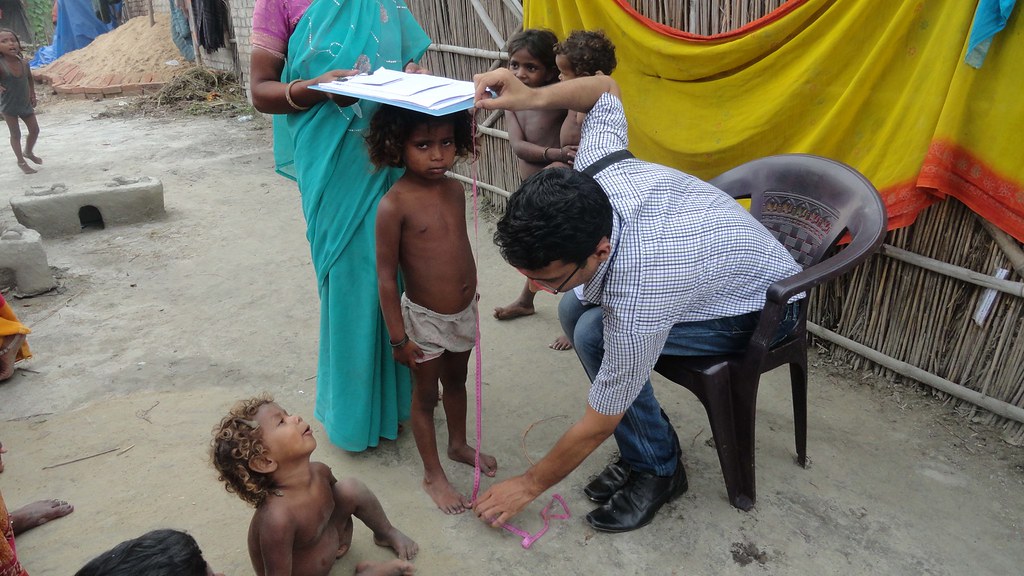The announcement of the Prime Minister on June 30 to extend the free supply of food grain scheme by five months from July to November should be widely welcomed. There was an urgent need for the Union government to further extend its scheme of free food grain , and it is good that this necessity has been well accepted by the government.
As the suddenly announced lockout had created possibilities of massive hunger, provisions for free food grain were made by the Union government in two separate announcements, but under both these initiatives the supply of free food grain was only up to the end of June. As this deadline approached , it became clear that in view of the continuing situation of widespread economic distress and the resulting hunger, it is important to extend this free supply of food grain. In fact most state governments had demanded this. Now it is a matter of considerable relief to know that this scheme has been extended by five months.
Fortunately with the food stocks in the government’s granaries being plentiful and further enhanced by the recent procurement drive, India is in a good position to continue the free food grain scheme without compromising on the adequacy of food stocks.
Apart from this, however, longer-term and more extensive reforms are needed in the existing food security system based on purchase from farmers at a higher price and then selling it to consumers at a subsidized price through the public distribution system, apart from allocating this food grain to various nutrition programs.
Both the procurement and the allocation have emphasized rice and wheat while neglecting millets or coarse cereals such as jowar, bajra, maize and ragi. This has been harmful from the nutrition point of view as millets are a very rich source of nutrition, particularly micro-nutrients. In addition this has also discouraged millet crops and millet based mixed farming systems which have traditionally worked very well for sustainable farming systems, keeping down water needs and maintaining soil fertility while providing balanced nutrition.
Hence there has been a frequent demand for giving millets a much higher place in the procurement and allocation aspects of food security system. In principle this has been accepted but in practice the share of millets remains very low. This share should be increased significantly.
This is part of wider reforms that are needed towards a much more decentralized system which will also help to reduce costs and wastage while improving food security in several ways. Under a decentralized approach adequate purchase should be made at the village level to meet the needs of a village ( or a cluster of a few villages), including the cereal, millet, pulse, oilseed etc. needed for the public distribution system, mid-day meals and ICDS (anganwadi) plus any other nutrition program ( such as sabla scheme for adolescent girls ). This food stock should then be stored within the village.
This will help to provide those food grains, including millets, which are in keeping with local staple food requirements. In addition there will be a greater incentive for growing safer and healthier food once it is known that it will be used in local PDS and nutrition schemes. Hence the incentive for moving towards organic farming and growing healthier food will be higher. Also by ensuring village-level, farm-level purchase of a significant part of the crop and giving prompt payment for this, the welfare of farmers will also be enhanced.
Bharat Dogra is a freelance journalist who has been involved with several social movements.














